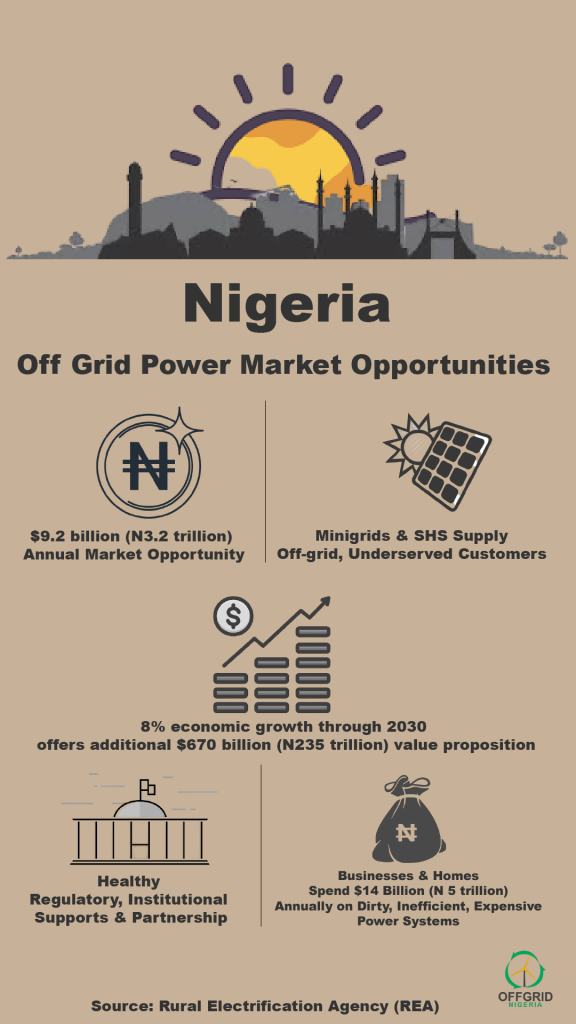U.S based researchers at the Sandia National Laboratories are collaborating to accelerate corrosion under controlled conditions and use what they learn from the process to help the solar PV industry develop longer-lasting PV panels as well as increase their reliability.
A recent statement from the laboratory which is managed by Sandia Corporation as a contractor for the U.S. Department of Energy’s National Nuclear Security Administration (NNSA) said this.
It said people think of corrosion as rust on cars or oxidation that blackens silver, but it also harms critical electronics and connections in solar panels, lowering the amount of electricity produced from the PV.
Eric Schindelholz, a Sandia National Laboratories materials reliability researcher who studies corrosion and how it affects photovoltaic (PV) system performance stated: “It’s challenging to predict and even more challenging to design ways to reduce it because it’s highly dependent on material and environmental conditions.”
The statement however noted that researchers from different departments at Sandia were already working to understand this phenomenon.
It said for example that work by Olga Lavrova of Sandia’s Photovoltaic and Distributed Systems Integration department demonstrated, for the first time, a link between corrosion and the risk of arc faults in PV systems’ electrical connections.
Also, research by Erik Spoerke of Sandia’s Electronic, Optical and Nano Materials department focused on developing new nanocomposite films that could dramatically increase reliability.
“One of our primary goals is to predict how fast corrosion will occur and what damage it does, given certain environments and materials,” Schindelholz said.
“This, in turn, gives us information to select the right materials for design or to develop materials for corrosion-resistance for a particular environment. It also allows us to assess the health and operational risk of systems as they age. This is especially important for solar energy systems, which are susceptible to corrosion but are expected to last for decades,” added Schindelholz.





